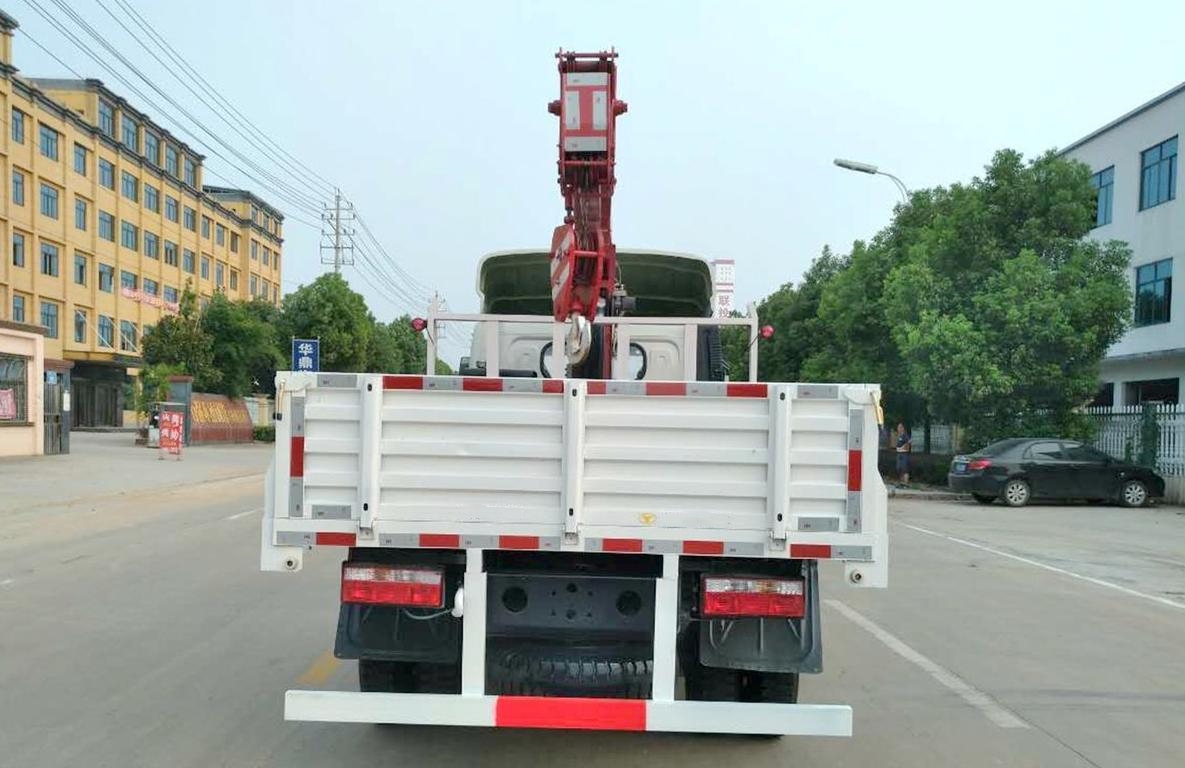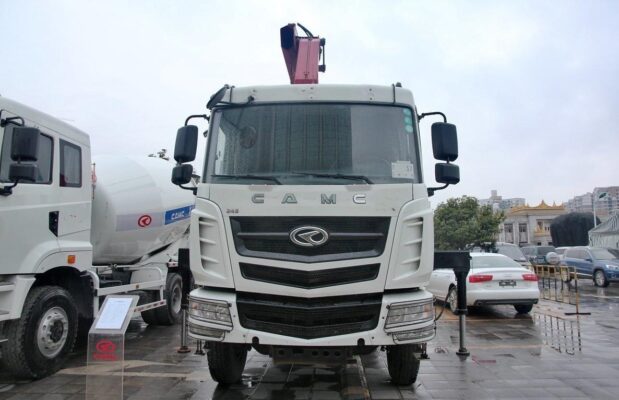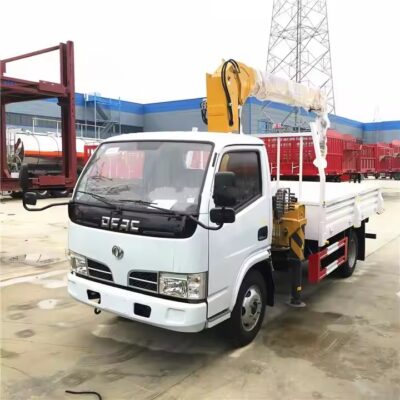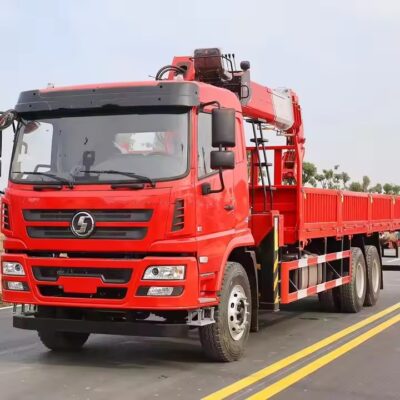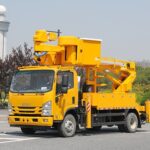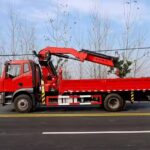Lifting slings are widely used in lifting operations due to their many advantages, including being lightweight, easy to use, non-damaging to the surfaces of the lifted objects, providing smooth and stable lifting, offering high strength and safety, and being resistant to corrosion and wear. They are also highly efficient, cost-effective, and available in bright colors that improve safety. Given these characteristics, lifting slings are essential tools for lifting large and heavy objects in various industries.
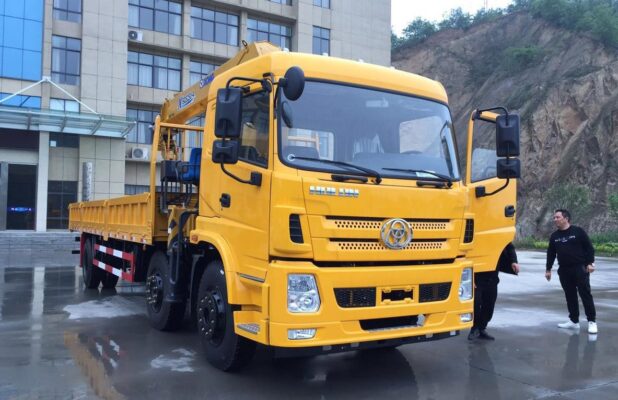
In lifting operations, there are two main categories of lifting equipment and tools: rigid lifting devices and flexible lifting tools. Rigid lifting devices are referred to as “lifting tools” and include items such as hooks, grabs, clams, suction cups, and specialized lifting devices. On the other hand, flexible tools used to secure loads are called “slings,” which include items such as wire ropes, chain slings, and synthetic fiber slings. The end accessories commonly used in these operations include lifting rings, shackles, rope clips, etc.
Accident statistics in lifting operations show that a large percentage of lifting accidents occur due to incorrect selection of the lifting position for the workpiece, improper choice or use of slings, and improper handling. This is particularly true when lifting large and heavy items. In some cases, lifting accidents have been caused by operators who lack technical skills or fail to take responsibility. For example, one incident involved the lifting of steel plates weighing around 72 tons using two 43.5mm diameter wire ropes, which were too small in diameter for the load. The ropes snapped when the steel plates were lifted 2.5 meters, causing the load to fall. Another example occurred when an operator used only three of the four lifting rings on a 45-ton workpiece, leading to improper load distribution and resulting in the rope breaking during the lift, causing the workpiece to fall. These accidents highlight the importance of properly selecting and managing lifting slings, emphasizing that negligence or improper practices cannot be tolerated.
So, how can lifting slings be safely used to prevent such accidents? Below are the best practices and requirements for using lifting slings in heavy lifting operations.
1. Determining the Lifting Plan
Lifting operations are complex and inherently dangerous. They require close cooperation, coordination, and unified command among the team members. Therefore, all personnel involved must undergo strict training and hold relevant certifications. Before any operation begins, the environment, the lifting route, the weight and center of gravity of the workpiece, and the suitability of the lifting equipment must be thoroughly analyzed. A well-developed lifting plan should be created based on this assessment to ensure the lifting process proceeds safely and efficiently.
2. Correct Use of Lifting Slings
To ensure the safe use of lifting slings, operators must follow the following guidelines:
- Understand the Properties and Limitations of Lifting Slings and Their End Accessories: The user should be fully aware of the characteristics, safety precautions, and the conditions for the safe operation and disposal of various types of slings and lifting accessories. This includes understanding how each sling material and design is suited to different tasks and load requirements.
- Choose the Right Lifting Sling for the Workpiece: The selected sling should be appropriate for the specific characteristics of the load. If the required conditions are not met, the sling should not be used for that particular task. For example, a synthetic sling might not be suitable for extremely heavy loads, and a wire rope may not be appropriate for delicate, smooth-surfaced items.
- Inspect Slings and Accessories Before Use: Before each use, slings and their associated accessories should be thoroughly inspected to ensure they are in good condition. Any defects such as fraying, rust, or wear should be addressed before the sling is used.
- Correct Slinging and Lifting Setup: The operator should choose appropriate lifting points and ensure the load is securely attached. Proper rigging and tying of the load are critical to prevent load instability during lifting.
- Adhere to Weight Limits: Lifting slings should never exceed their rated load capacity, and the maximum working load under any given sling configuration should not be surpassed. Overloading slings and lifting devices can lead to failure, risking accidents.
- Protect Slings and Accessories from Damage During Operation: Special care should be taken to avoid damage to the slings, especially at points of contact with sharp edges. Protective padding or corner guards should be used where necessary to prevent cuts or abrasions on the slings, particularly when lifting objects with sharp edges.
- Regular Maintenance and Inspection: Lifting slings should be subject to regular inspections. Slings that are used for heavy or critical lifts, especially in large-tonnage applications, should undergo non-destructive testing or other appropriate methods to detect hidden faults and ensure they remain safe for use.
- Avoid Overstressing the Slings: Slings should not be subjected to excessive force, particularly when they are in a stretched or strained condition. Operators should avoid sudden or jerky movements when lifting loads, as these can cause undue stress on the sling.
- Handle Slings with Care: When moving slings between lifts, they should be lifted and transported carefully to avoid dragging them across rough surfaces or pulling them in a way that could cause damage.
- Prevent Sharp Impact or Shock Loads: Lifting slings should not be used to carry shock loads or jerky movements. Sudden, powerful forces can stretch or break the sling material, leading to failure.
- Avoid Moving Loads with Excessive Swing: When lifting objects, avoid letting them swing or sway excessively, as this can cause instability and increase the risk of accidents. The use of stabilizing devices or control lines can help mitigate swinging during lifts.
3. Ensuring Proper Training and Certification
Lifting operations require the collaboration of a team with specific expertise. It is essential that all personnel involved are properly trained and certified for the work they will be doing. This includes crane operators, riggers, safety officers, and maintenance staff. Proper training ensures that everyone knows how to handle lifting slings and accessories safely and how to react in case of an emergency.
Additionally, workers should be familiar with local safety regulations, the specifics of the equipment they are using, and the unique risks associated with their particular workplace. Regular refresher courses and safety drills can help maintain high levels of safety awareness and skills among workers.
Conclusion
In conclusion, lifting slings are vital components of any lifting operation, especially when dealing with heavy or oversized loads. Their proper selection, use, and maintenance are critical to ensuring the safety and efficiency of the operation. By following established best practices, understanding the characteristics and limitations of different slings, and adhering to safety standards, the risk of accidents can be minimized. Regular training, inspection, and careful handling are necessary to ensure that lifting slings continue to perform their essential function without failure.

